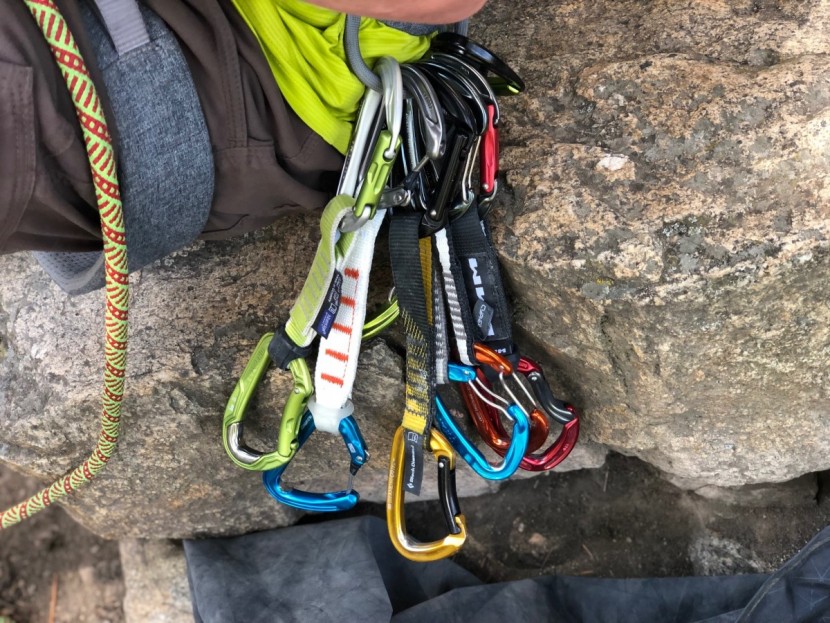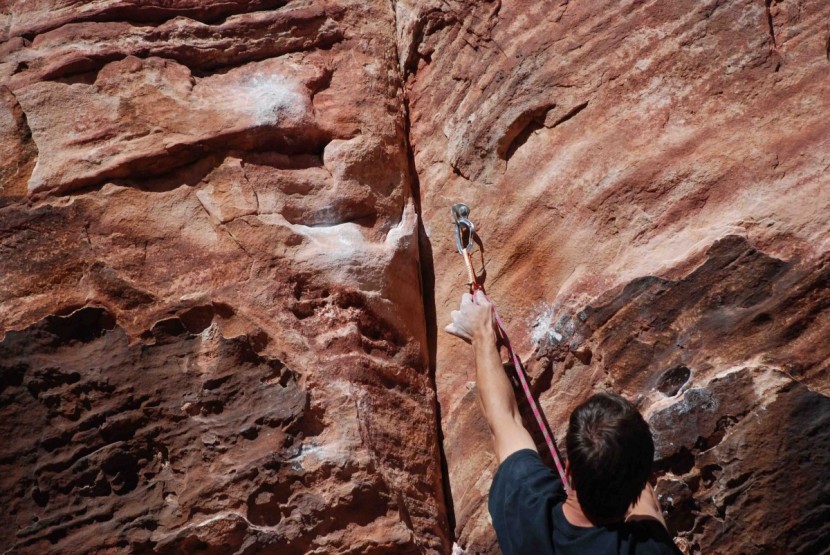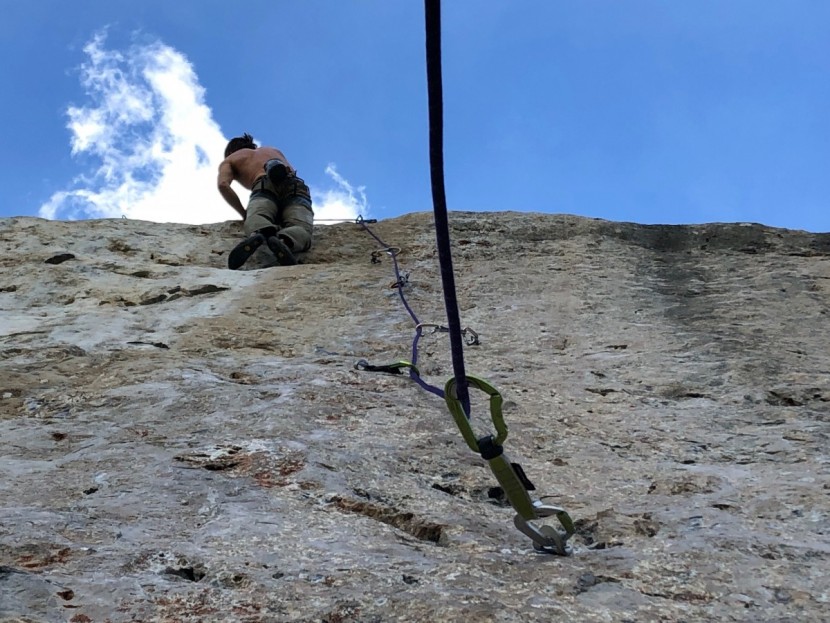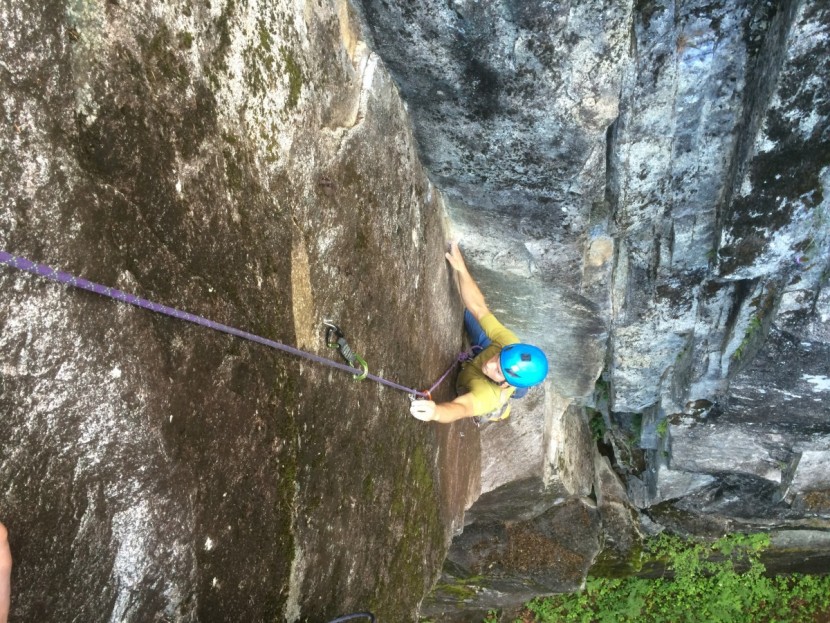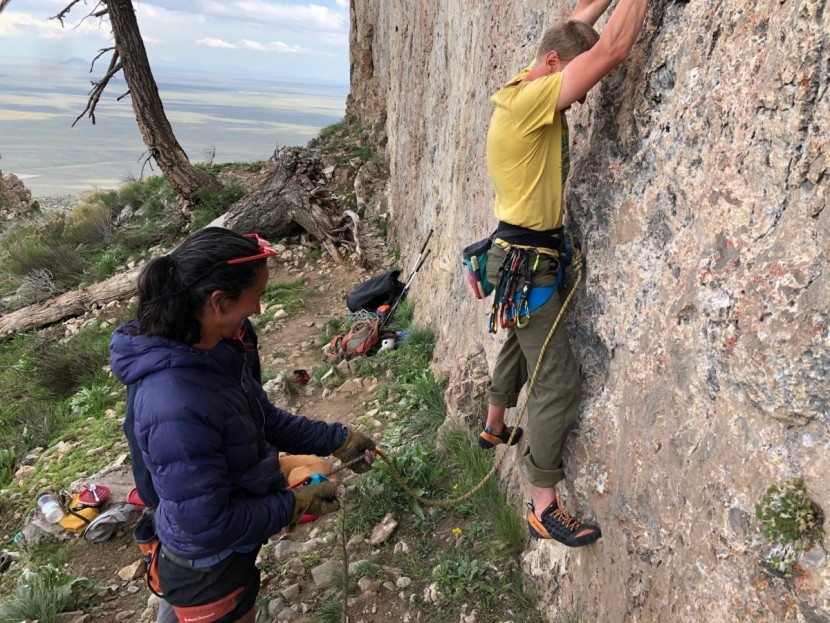Our testers use these draws daily on a variety of different climbs around the world. We climbed with them on single and multi-pitch sport and traditional routes, from 5.5 to 5.13, and on sandstone, granite, volcanic tuff, basalt, and limestone. These draws helped give us the confidence to send hard projects, and they caught us when we took the big whippers. Throughout our testing period, at least ten different climbers provided feedback on these draws, for a collective experience of over 150 years of climbing. Our testers were male and female, with both large and small hands.
Ease of Clipping
To evaluate ease of clipping, we clipped these draws a lot! We also watched each other while clipping to see if we could pick up any trends — sometimes an observer could notice something the climber didn't in the moment because they were too focused on the climb itself. Lastly, we spent time clipping one draw after another, over and over, to notice the subtle differences between each. These are things we never noticed while simply focused on not falling off a climb.
Ease of Unclipping
To gauge the ease of unclipping, we compared the design of the carabiners (notch vs. no notch) and the opening width of the bottom carabiner. We unclipped them on steep sport routes, both from the rope and the bolt, and noted if they were challenging to unclip.
Portability
We weighed each quickdraw on our scale to give them a starting point for portability rating, and modified this a bit based on whether they pack down easily, or are larger vs. smaller. We used them on a variety of routes to determine which were better for trad climbing or onsighting at your limit.
Handling
We considered multiple features for ease of handling. We looked at the carabiner size, and how well they fit in various sized hands. We also examined the positioners, whether the carabiners rotated in the upper sling too much or cross-clipped on our harnesses (annoying!) and the overall feel of the draw.
Ease of Grabbing
For this metric we compared the width of the various slings, and then went out and grabbed onto them all to clip. This made us realize that the wider and thicker the dogbone, the easier it is to grab and friendlier it is on our skin. Very thin and very narrow dogbones were far harder to hold onto for long times, and forget it if our feet also cut!

